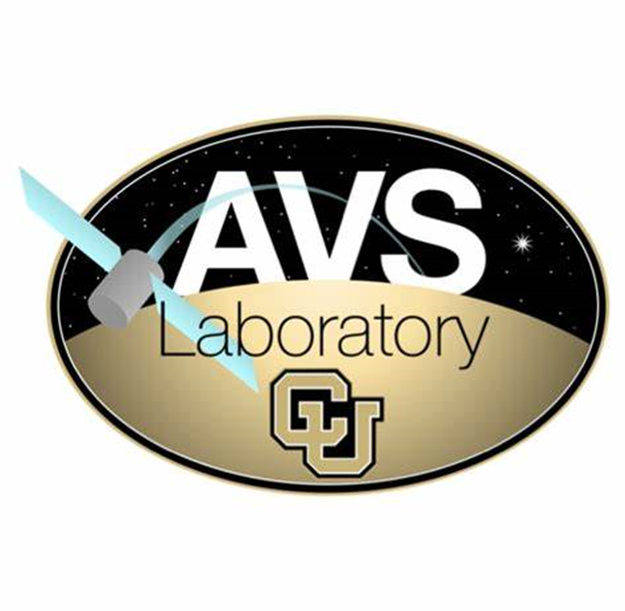Currently there are tens of thousands of chucks of space debris floating around in low Earth orbit. All of these pieces of space junk are bigger than a softball. The orbital junk yard is becoming a problem for the global economy and military forces because they are increasingly depending on satellites. Scientists are now discussing the development of a “tractor beam”, long a staple of science fiction (SF), to catch and move things around in space.
Iridium 33 was a satellite launched by the Russia Federation in 1997. It was part of a global communication network with bases in Virginia, Arizona, and Italy. It allowed communications using handsets. The Iridium network is still in orbit. However, Iridium 33 is not. In 2009, a non-functional Russian military satellite collided with Iridium 33 at seventeen thousand miles per hour.
The collision created thousands more pieces of space junk all over lower Earth orbit. No other satellite has yet been damaged by the debris that resulted from the crash but the event sharply increased concern about the problem of space junk. As space technology develops, more and more civilian and military satellites will be in danger of such collisions.
Researchers at the new Electrostatic Charging Laboratory for Interactions between Plasma and Spacecraft (ECLIPS) research vacuum chamber facility are investigating the possibility of something like a tractor beam to remove space junk from orbit. Currently referred to as “electron beams”, they would be installed on satellites the size of trucks to collect space garbage. The researchers say that they are using an attractive electrostatic force that is nowhere near the power of SF tractor beams. ECLIPS has recently been developed as part of the Autonomous Vehicle Systems Laboratory at the University of Colorado Boulder.
From their campus in Colorado, professors and doctoral students has created a stainless steel canister that is actually a vacuum chamber constructed to replicate the space above the Earth. It can reproduce the mix of free electrons, plasma, and thin gas found in low Earth orbit.
ECLIPS can also recreate the actions of small shards of metal and how they interact in the environment that agencies depend on for much of their global communications systems. This environment is the geosynchronous orbit which is considerably higher than low Earth orbit.
Room in geosynchronous orbit is running out. Scientists believe that there are only about one hundred and eighty safe spaces left for companies to park satellites. Many of these safe spaces have already been claimed. However, defunct satellites are still occupying some of these spaces.
The Colorado researchers plan to utilize their electrostatic “tractor beam” to safely move dead satellites out of the way so that new satellites can be launched into those orbits. A spacecraft would approach a dead satellite and zap it with the electron beam which would give it a negative charge. The negatively charged satellite would then be attracted to the positively charged collection satellite.
Currently, it would take their “electrostatic tug” a few months to pull a large object two hundred miles in space. It might be a slow process, but it would be much better than trying to physically capture the dead satellites which could lead to a cascade of space collisions and debris creation.
